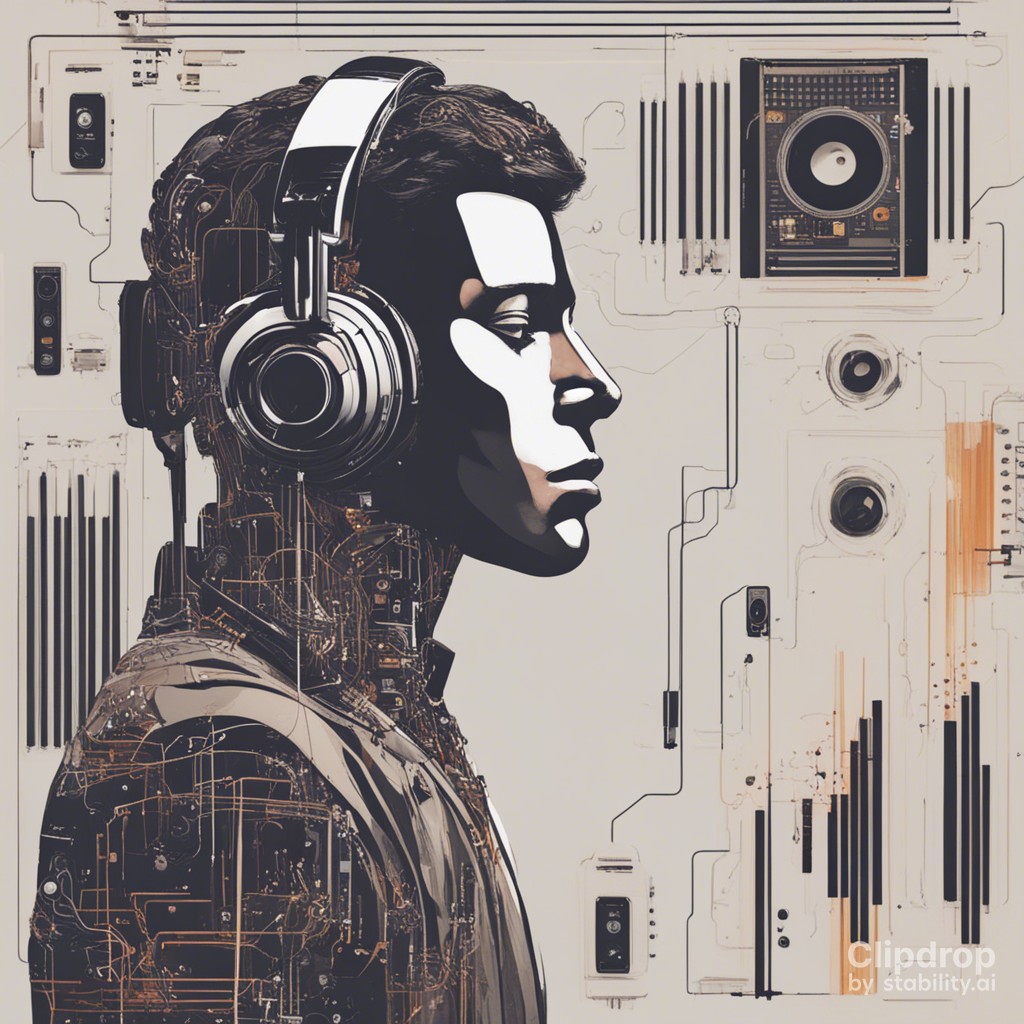In the world of music, inspiration can arise from the most unexpected places. “Clair De Lune with Tibetan Bowls” is a captivating musique concrète composition that invites us to challenge our traditional notions of music. Inspired by a serene moment of meditation, Dr. Mitchell blends the soothing sounds of Tibetan bowls with the timeless melodies of Debussy’s “Clair De Lune.”
Dr. Mitchell’s background in music composition, developed during his studies at the University of Georgia under the guidance of Dr. Leonard (Chic) Ball, played a significant role in shaping this composition. His knowledge of tape techniques allowed him to transform ordinary, everyday sounds into something extraordinary.
This composition’s essence lies in its belief that music can extend beyond the confines of conventional instruments and genres. Drawing inspiration from avant-garde composer John Cage, who challenged the boundaries of what can be considered music, “Clair De Lune with Tibetan Bowls” explores the harmony between the symphony of crickets, Debussy’s timeless beauty, and the harmonic vibrations of Tibetan bowls.
As you listen to “Clair De Lune with Tibetan Bowls,” consider the idea that music is all around us, waiting to be uncovered in the most unexpected places. Embark on a journey of sonic exploration and embrace the simple truth that, indeed, all sounds can be music.










